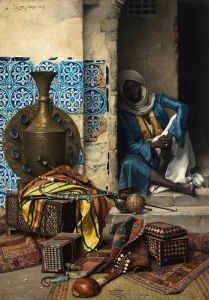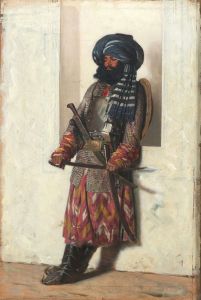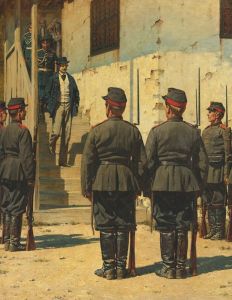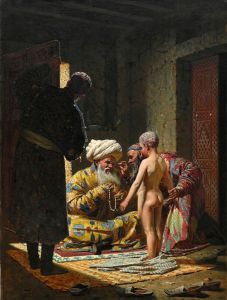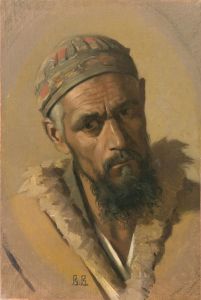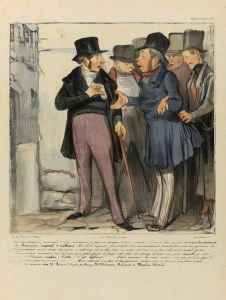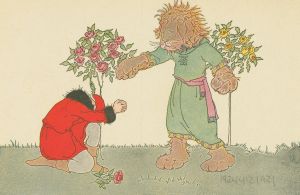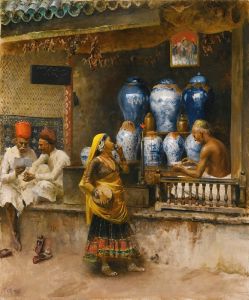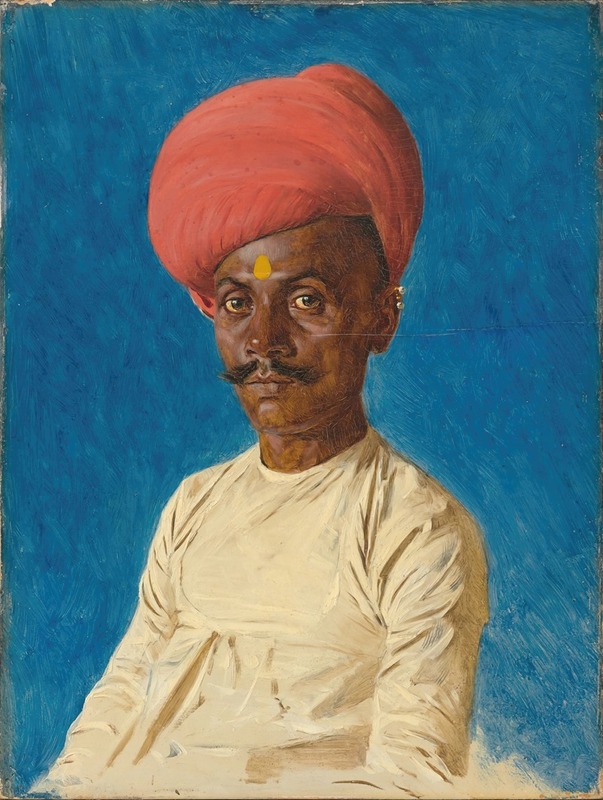
Bania . Bombay
A hand-painted replica of Vasily Vereshchagin’s masterpiece Bania . Bombay, meticulously crafted by professional artists to capture the true essence of the original. Each piece is created with museum-quality canvas and rare mineral pigments, carefully painted by experienced artists with delicate brushstrokes and rich, layered colors to perfectly recreate the texture of the original artwork. Unlike machine-printed reproductions, this hand-painted version brings the painting to life, infused with the artist’s emotions and skill in every stroke. Whether for personal collection or home decoration, it instantly elevates the artistic atmosphere of any space.
Vasily Vereshchagin, a renowned Russian painter and one of the most famous war artists of the 19th century, created the painting Bania. Bombay during his travels in India. Vereshchagin was known for his detailed and realistic depictions of the cultures, landscapes, and people he encountered during his extensive journeys across Asia, the Middle East, and other regions. His works often combined ethnographic accuracy with artistic mastery, offering a vivid glimpse into the lives of people in distant lands.
Bania. Bombay portrays a member of the Bania caste, a prominent merchant and trading community in India. The Banias have historically been associated with commerce, finance, and trade, and they played a significant role in the economic life of India. Vereshchagin’s painting captures the subject in traditional Indian attire, emphasizing the individuality and dignity of the figure. The work reflects the artist’s keen interest in documenting the diverse cultures and traditions he encountered, as well as his commitment to portraying his subjects with respect and authenticity.
The painting was created during Vereshchagin’s travels in India between 1874 and 1876. During this period, he visited various regions of the country, studying its architecture, people, and customs. His time in India greatly influenced his artistic output, resulting in a series of works that depicted Indian life with remarkable detail and sensitivity. These paintings were later exhibited in Europe and Russia, where they garnered significant attention for their ethnographic value and artistic quality.
Vereshchagin’s approach to art was deeply rooted in realism, and he often sought to challenge stereotypes and misconceptions about the cultures he depicted. In Bania. Bombay, as in many of his other works, he avoided romanticizing or exoticizing his subject, instead presenting a straightforward and respectful portrayal. This commitment to realism and cultural accuracy set Vereshchagin apart from many of his contemporaries and contributed to his lasting reputation as a pioneering artist and traveler.
Today, Bania. Bombay is recognized as an important example of Vereshchagin’s Indian series and serves as a testament to his skill as both an artist and an observer of human life. The painting is part of his broader body of work, which continues to be studied and appreciated for its artistic and historical significance.






